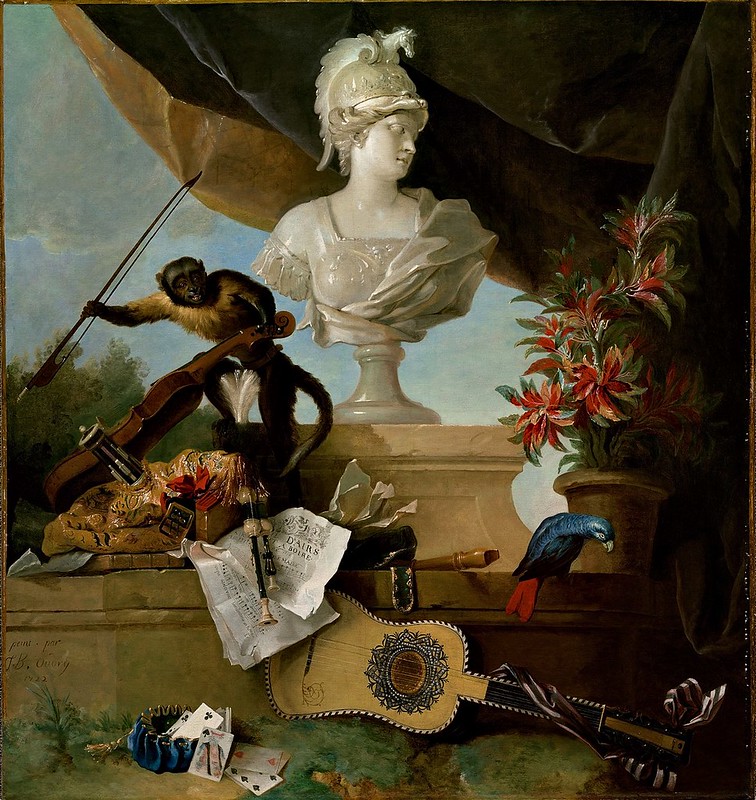Franz Xaver Mozart (1791-1844)
- Klavierkonzert Es-Dur, Nr.2 (c.1819)
Performers: Grant Johannesen (1921-2005, piano); The Chicago
Sinfonietta; Paul Freeman (1936-2015, conductor)
Further info: Franz Xaver Mozart (1791-1844) - The Other Mozart
---
Composer and pianist, the sixth child and younger surviving son of Wolfgang Amadeus and Constanze Mozart. He received his first piano instruction in 1796 from František Xaver Dušek in Prague, where he lived with the Dušek family. In Vienna he continued his studies under Sigismund Neukomm, Andreas Streicher, J.N. Hummel, Antonio Salieri, G.J. Vogler and J.G. Albrechtsberger. His first compositions, which include the Piano Quartet op.1, appeared in 1805. On 30 March 1807 Salieri declared his pupil to possess ‘a rare talent for music’, and prophesied a career for him ‘not inferior to that of his celebrated father’. On 22 October 1807 Franz Xaver went to Lemberg (now L'viv). In Podkamien he accepted a post as tutor in the home of Count Viktor Baworowski, a position he held until December 1810. In 1811 he became a music teacher in the home of the imperial chamberlain, Janiszewski, in Sarki (near Lemberg). He gave up that post in 1813 and lived as a freelance musician in Lemberg, where he supervised the training of Julie Baroni-Cavalcabò. From 1819 to 1821 he undertook an extended concert tour during which he played in Kiev, Warsaw, Copenhagen (where he saw his mother and his stepfather, Georg Nikolaus Nissen), Hamburg, Berlin, Leipzig, Dresden (where he visited his cousin, Carl Maria von Weber), Prague, Vienna, Venice, Milan (where he visited his brother Carl), Zürich, Berne, Frankfurt, Mannheim, Augsburg, Munich and Salzburg (where he visited his aunt, Maria Anna).
In 1822 he returned to teach in Lemberg; in 1826 he went to Salzburg to see his mother. In the same year he renewed his studies in counterpoint with Wagenseil’s pupil, Johann Mederitsch, who bequeathed him all his compositions. Also in that year he founded the Cäcilien-Verein in Lemberg, but in 1838 he left Lemberg and settled in Vienna. In 1841 he was made honorary Kapellmeister of the Dommusikverein and the Mozarteum in Salzburg, and in 1842 he stayed with his brother there during celebrations on the unveiling of the Mozart memorial; at the festival concert he played his father’s D minor Piano Concerto k466. In December of the same year the Congregazione ed Accademia di S Cecilia in Rome named him maestro compositore onorario. In his will Franz Xaver stipulated, among other things, that any of his father’s autographs found in his papers, his father’s portrait and piano, as well as his own library, should be given to the Dommusikverein and the Mozarteum as a lasting memorial to his father. This Mozart-Nachlass passed partly to the Internationale Stiftung Mozarteum and partly to the consistorial archive in Salzburg. The brilliant pianistic figuration prominent in Franz Xaver’s music reveals the particular influence of his teacher Hummel. The more relaxed quality and richer sonority of his piano writing, as reflected especially in his Second Piano Concerto (1818), however, hint at the characteristic piano style of Chopin and Liszt.
















